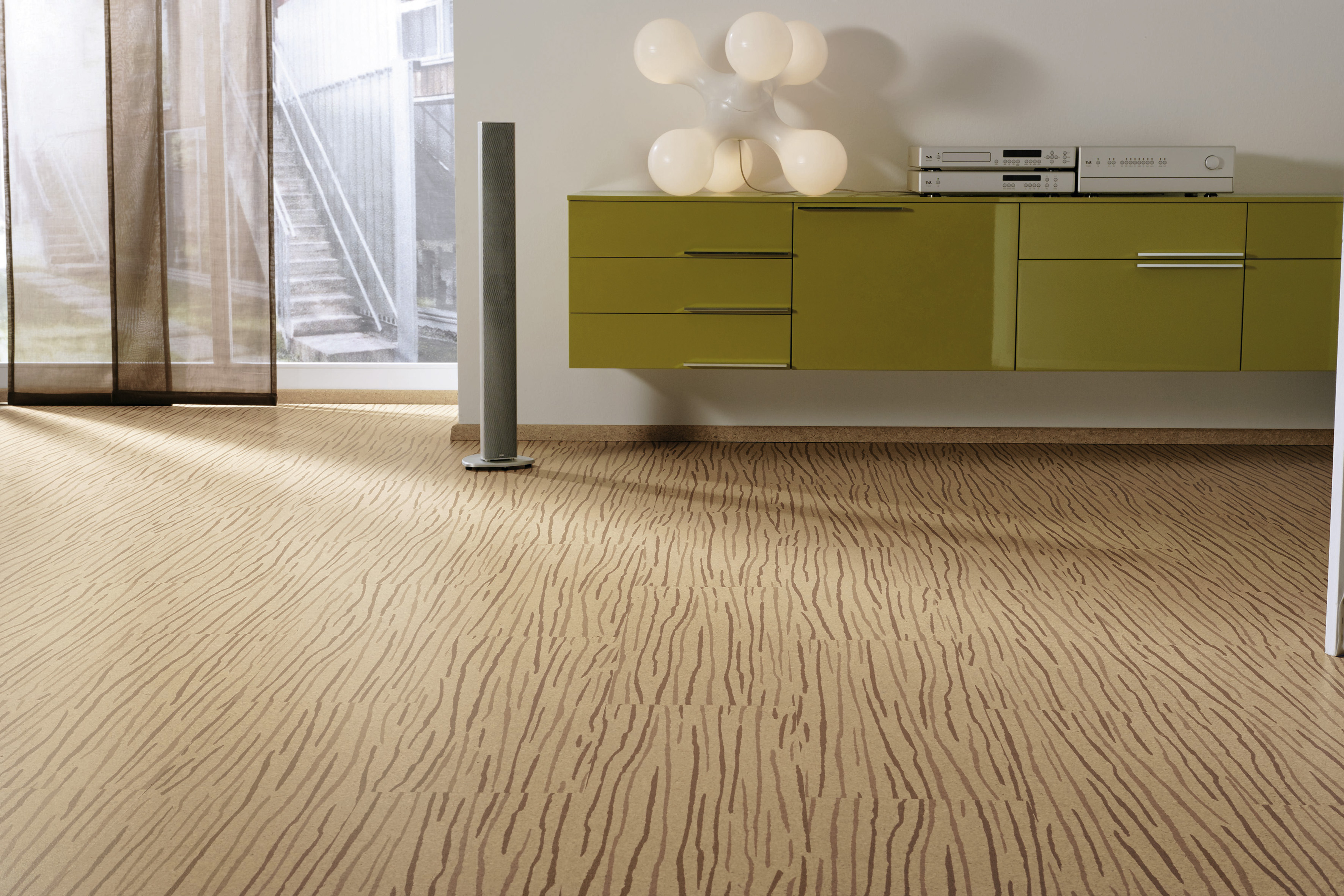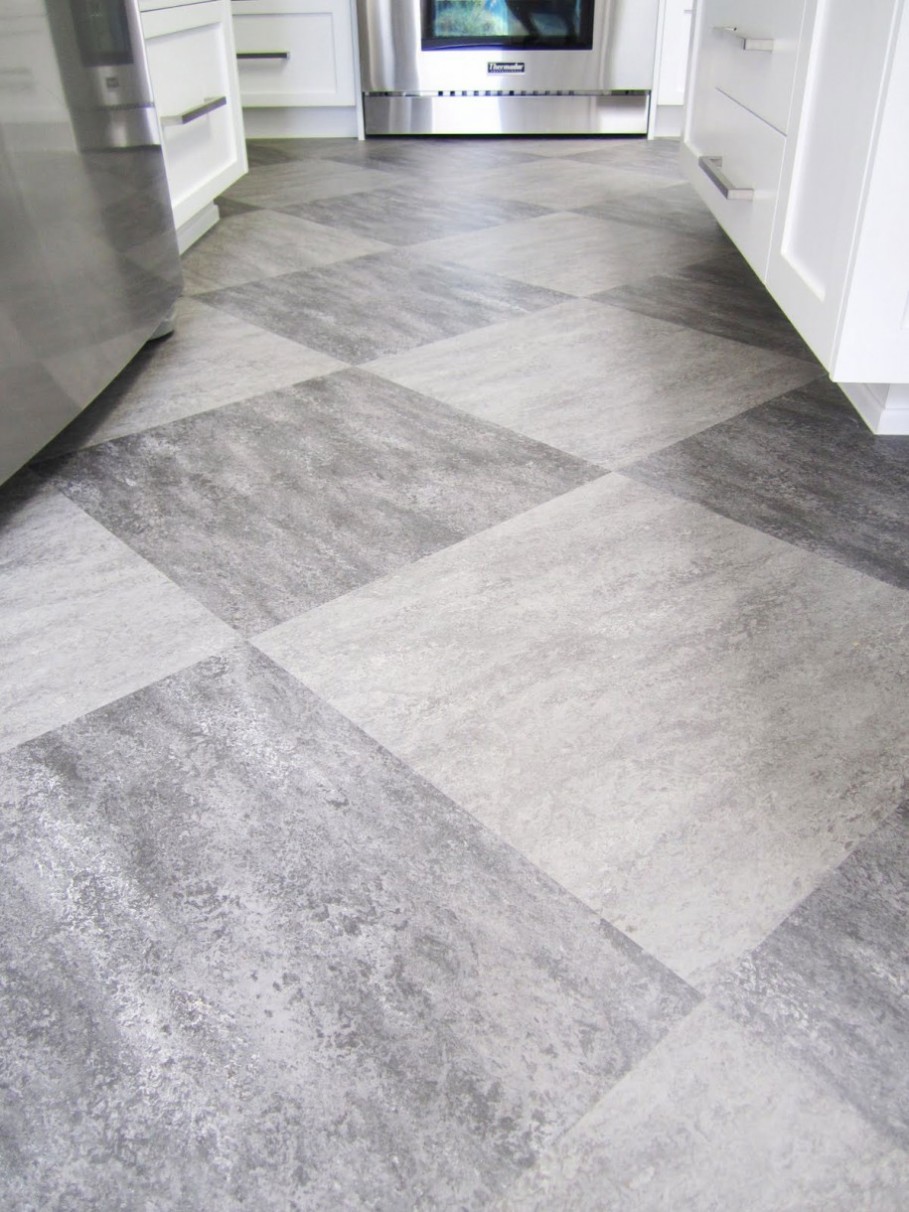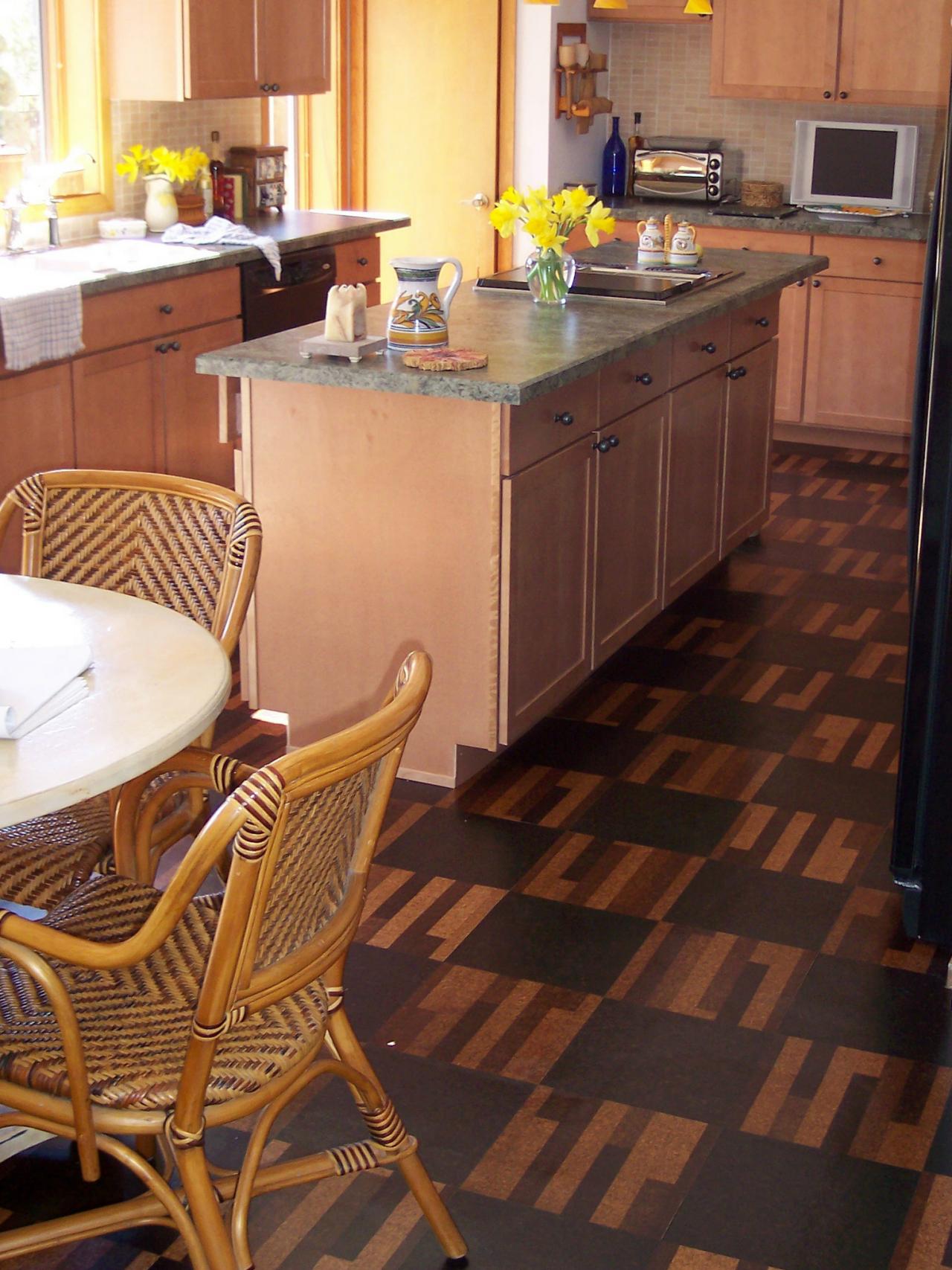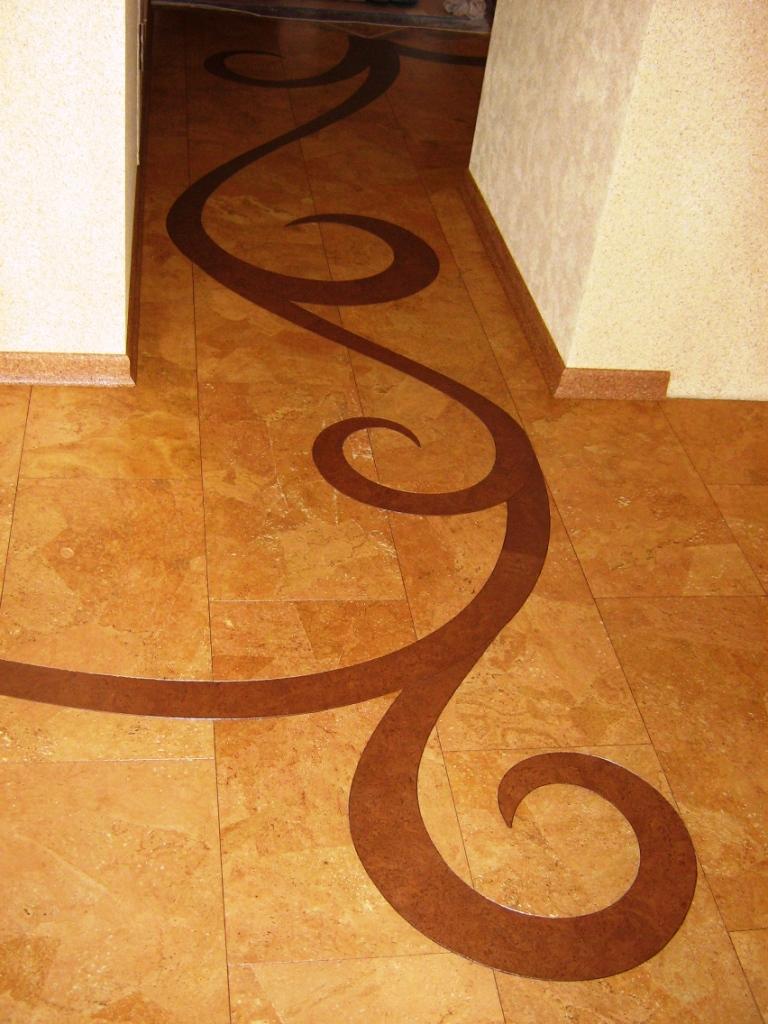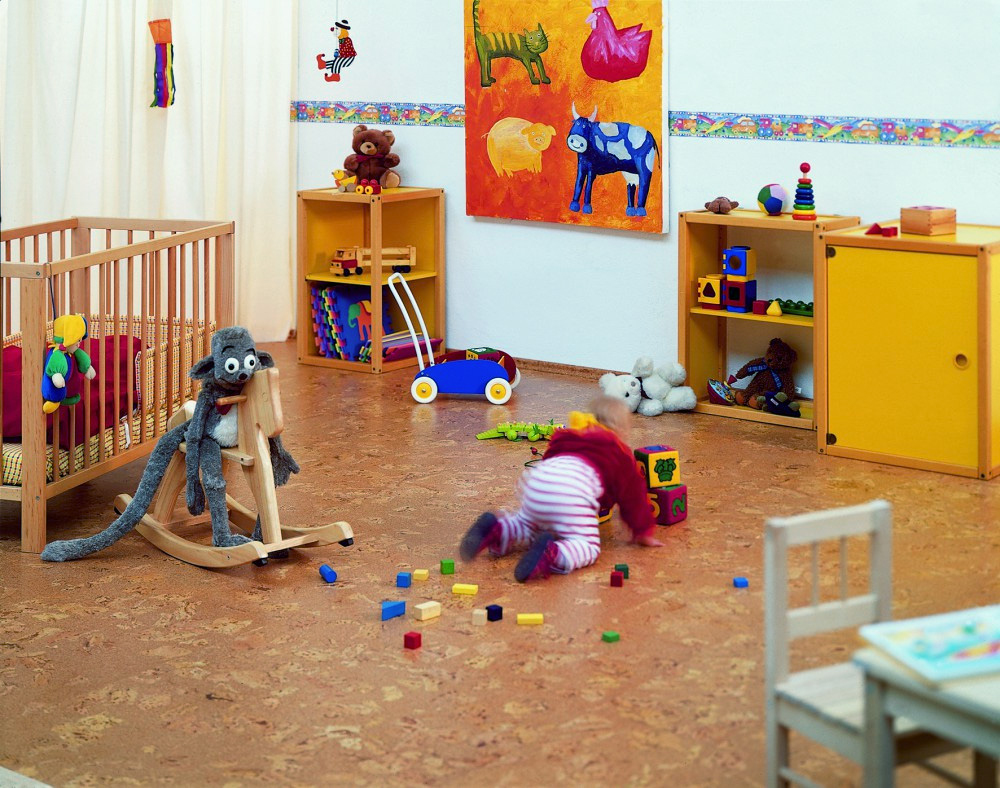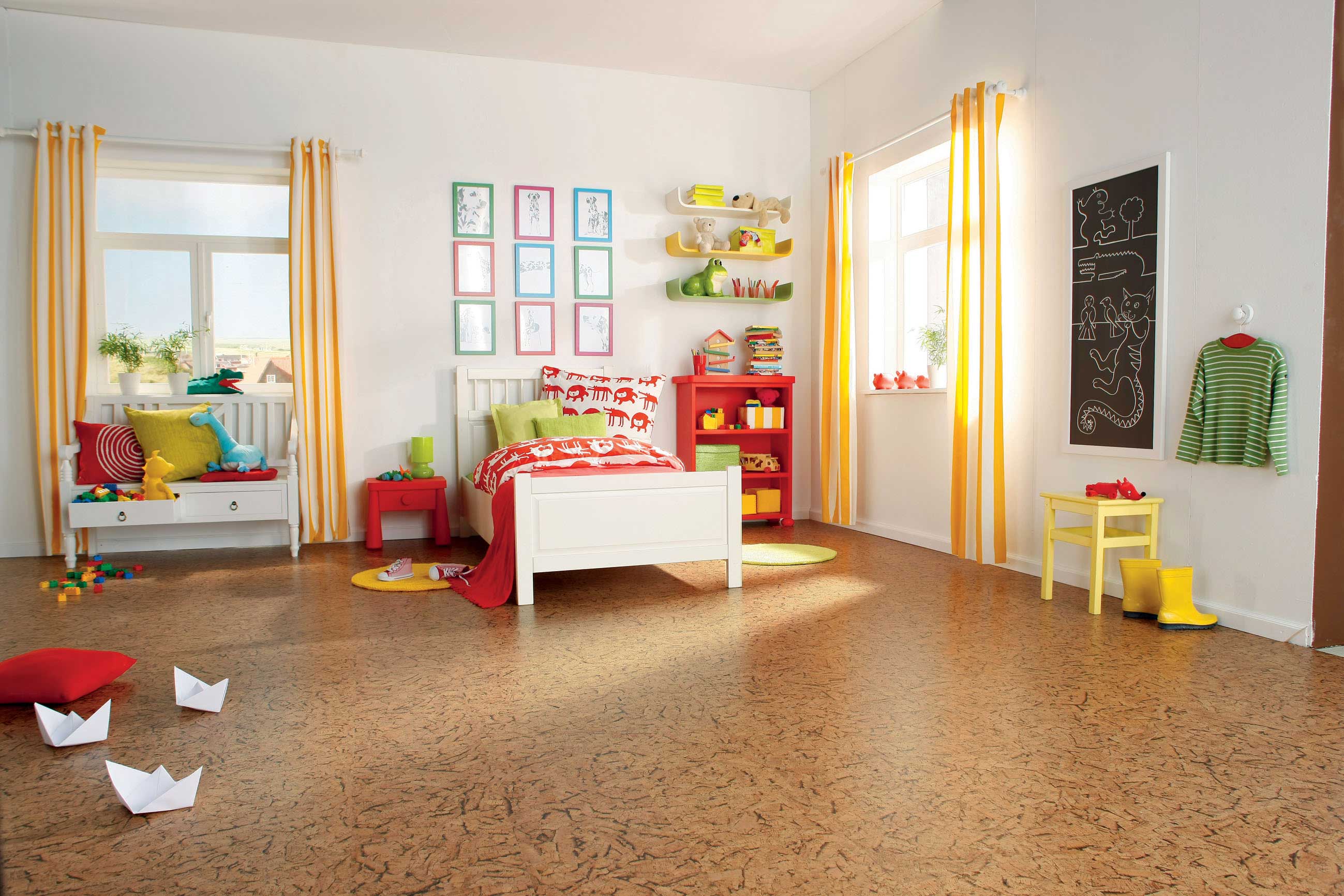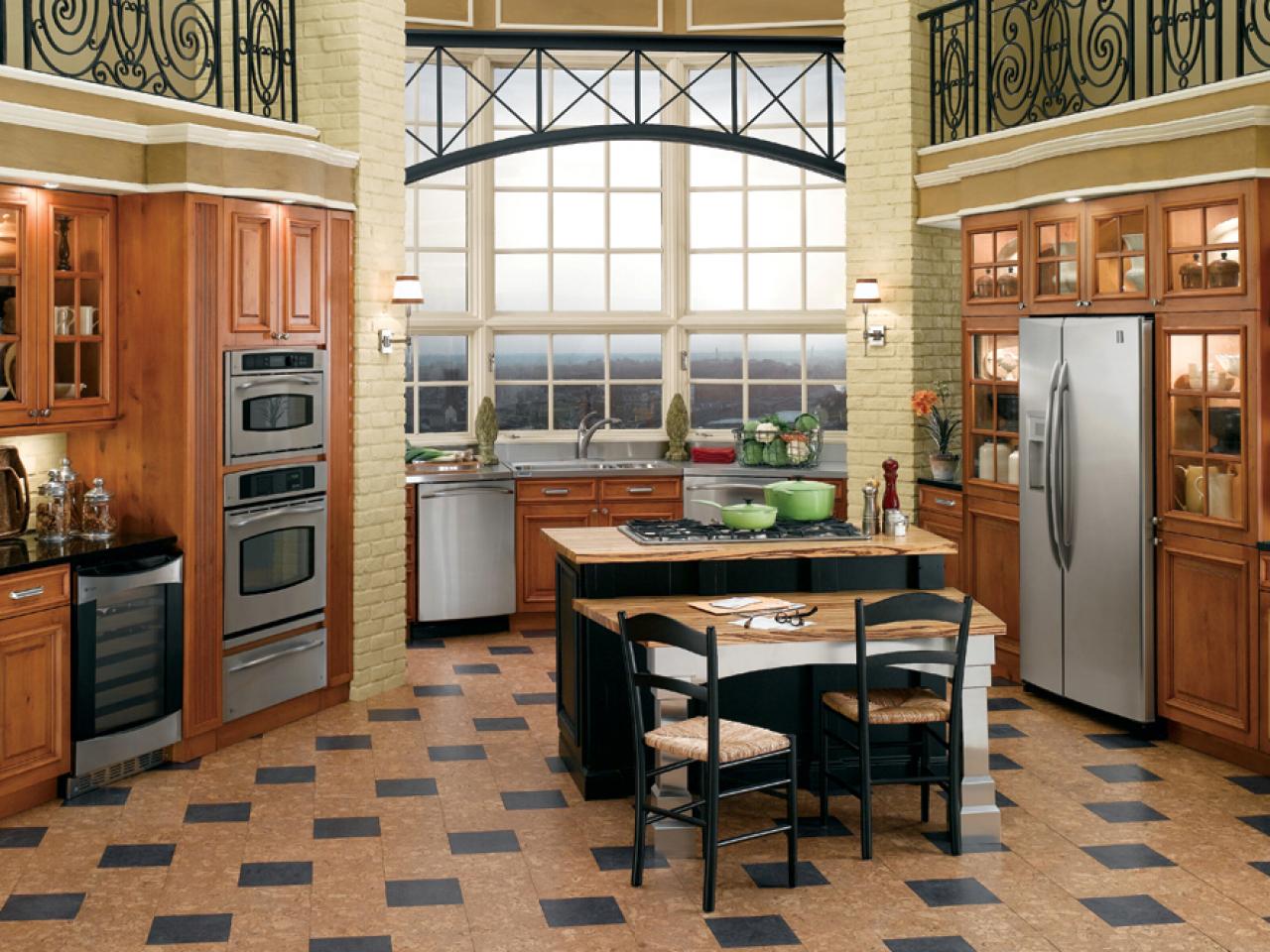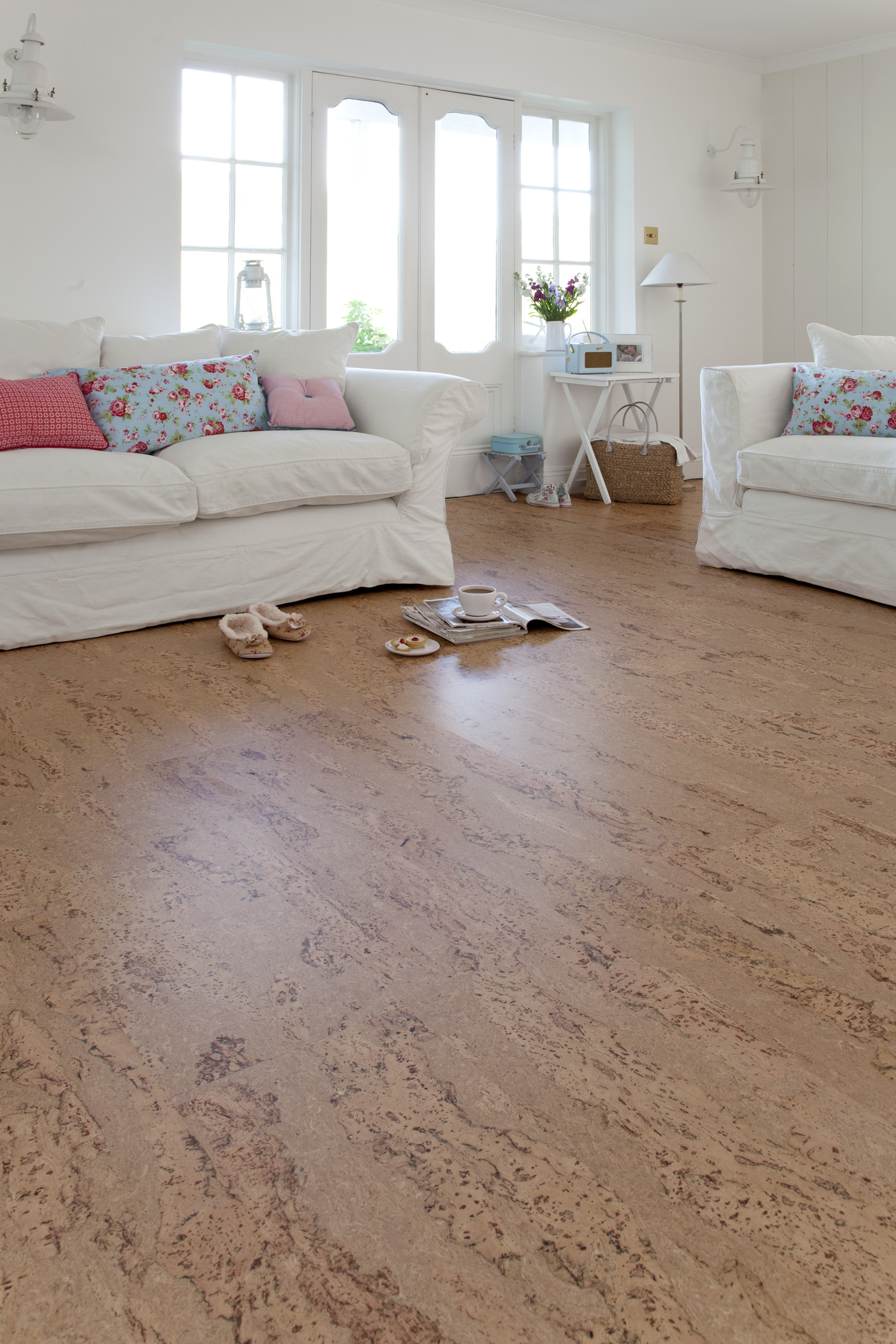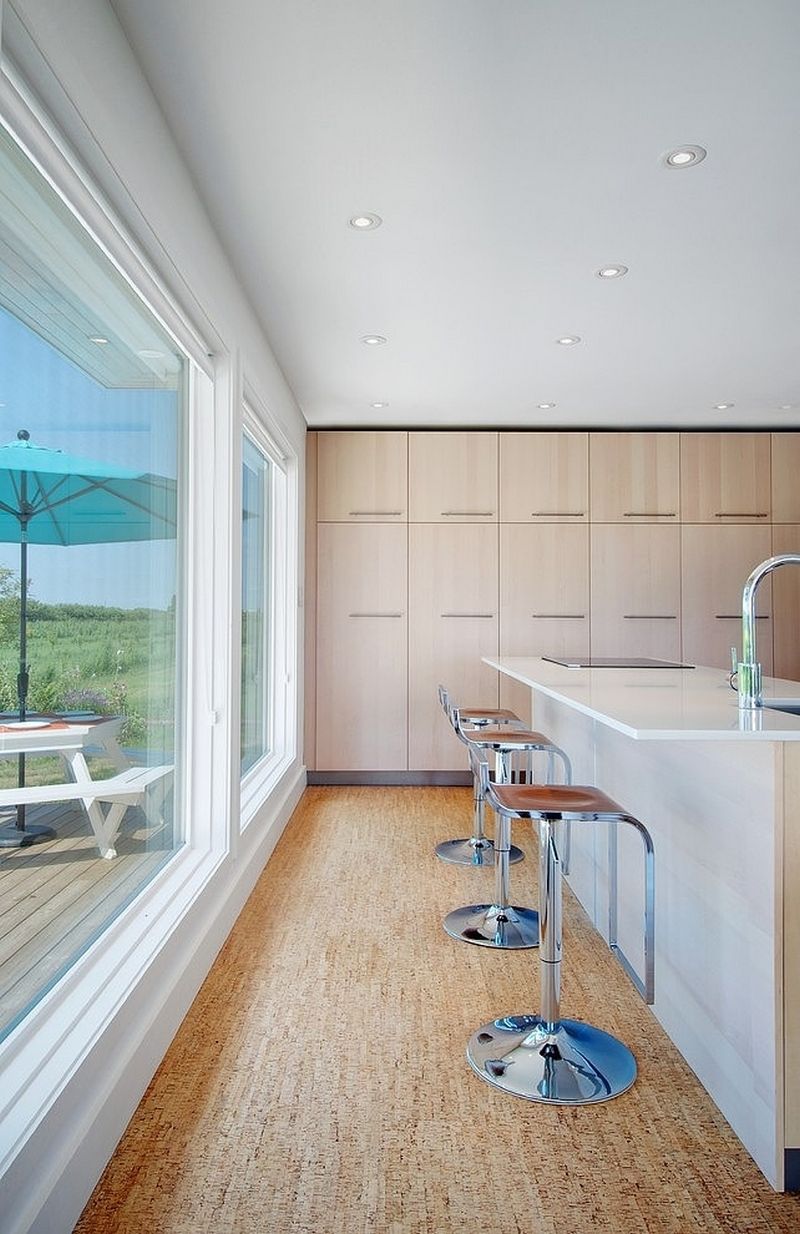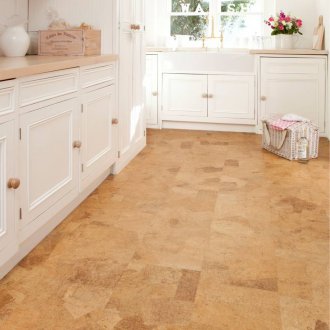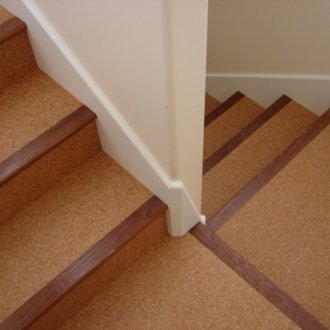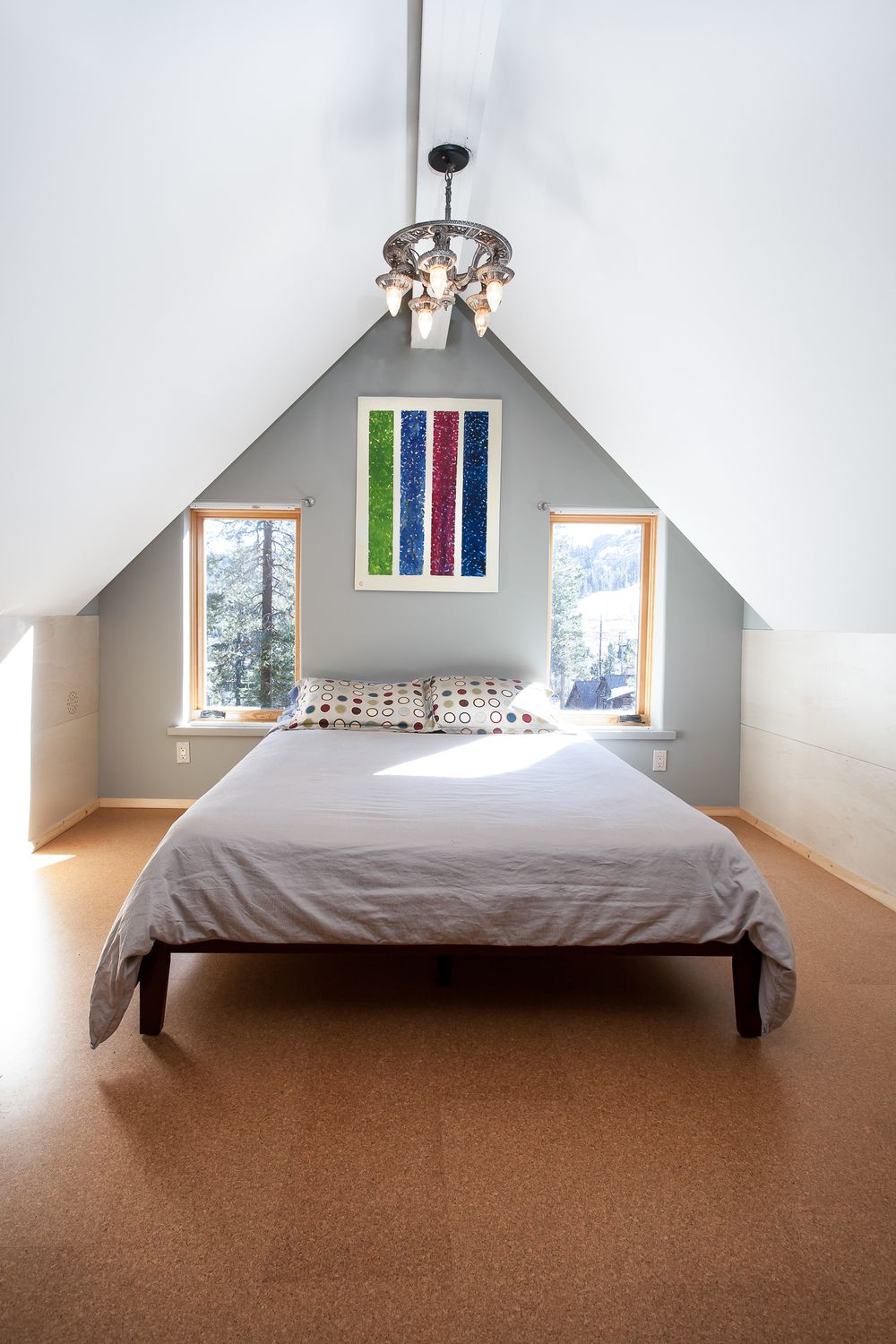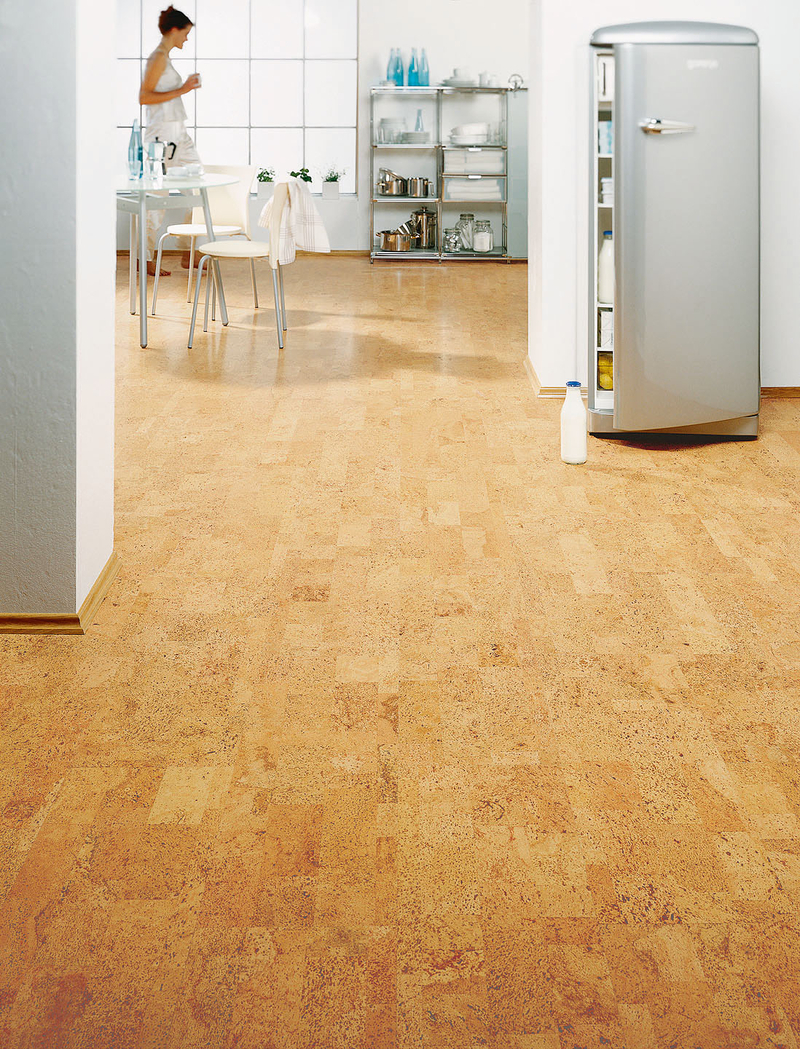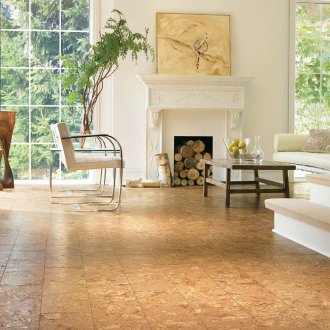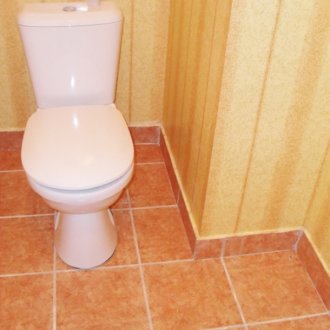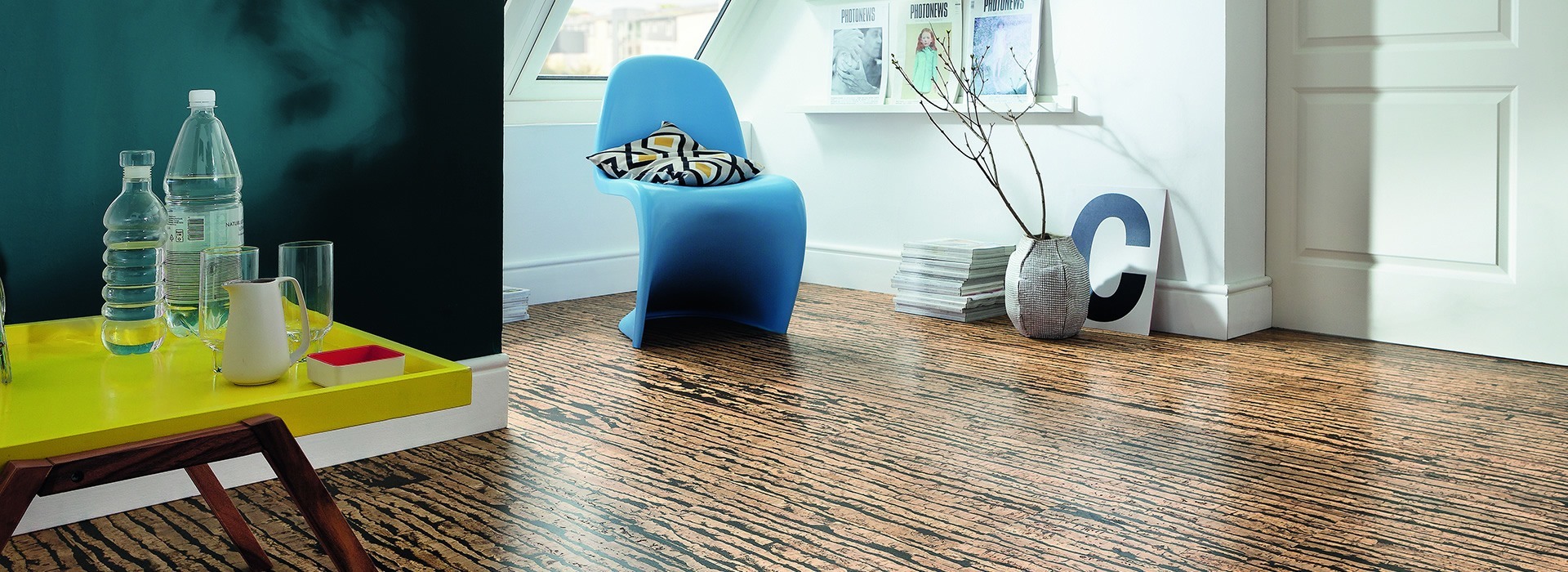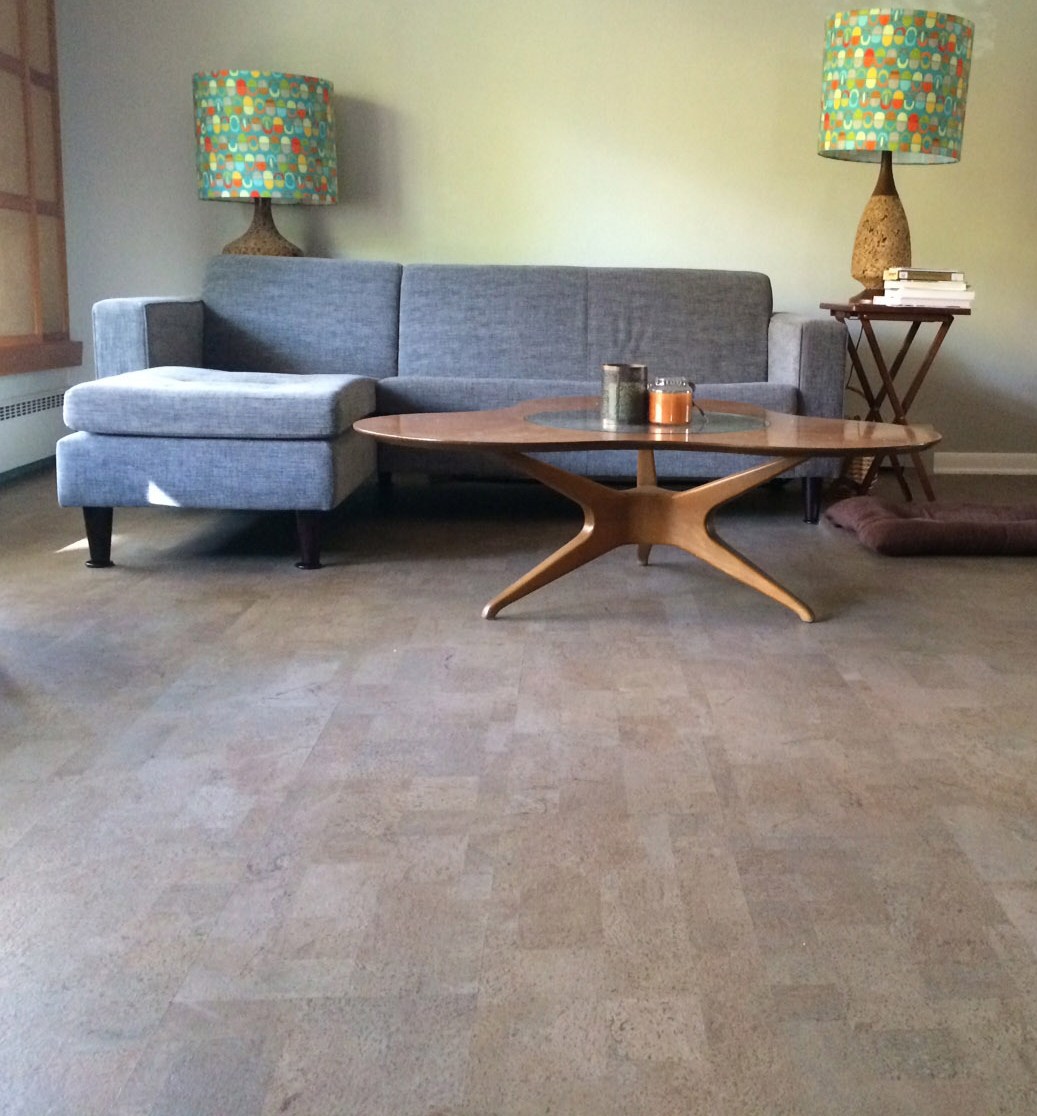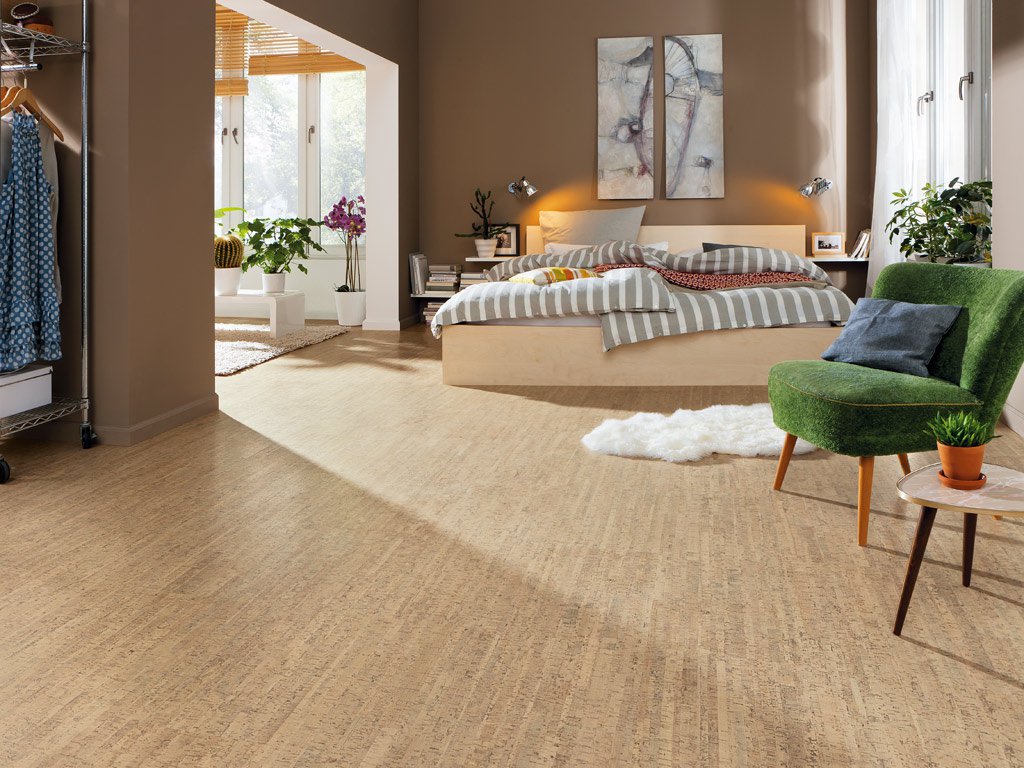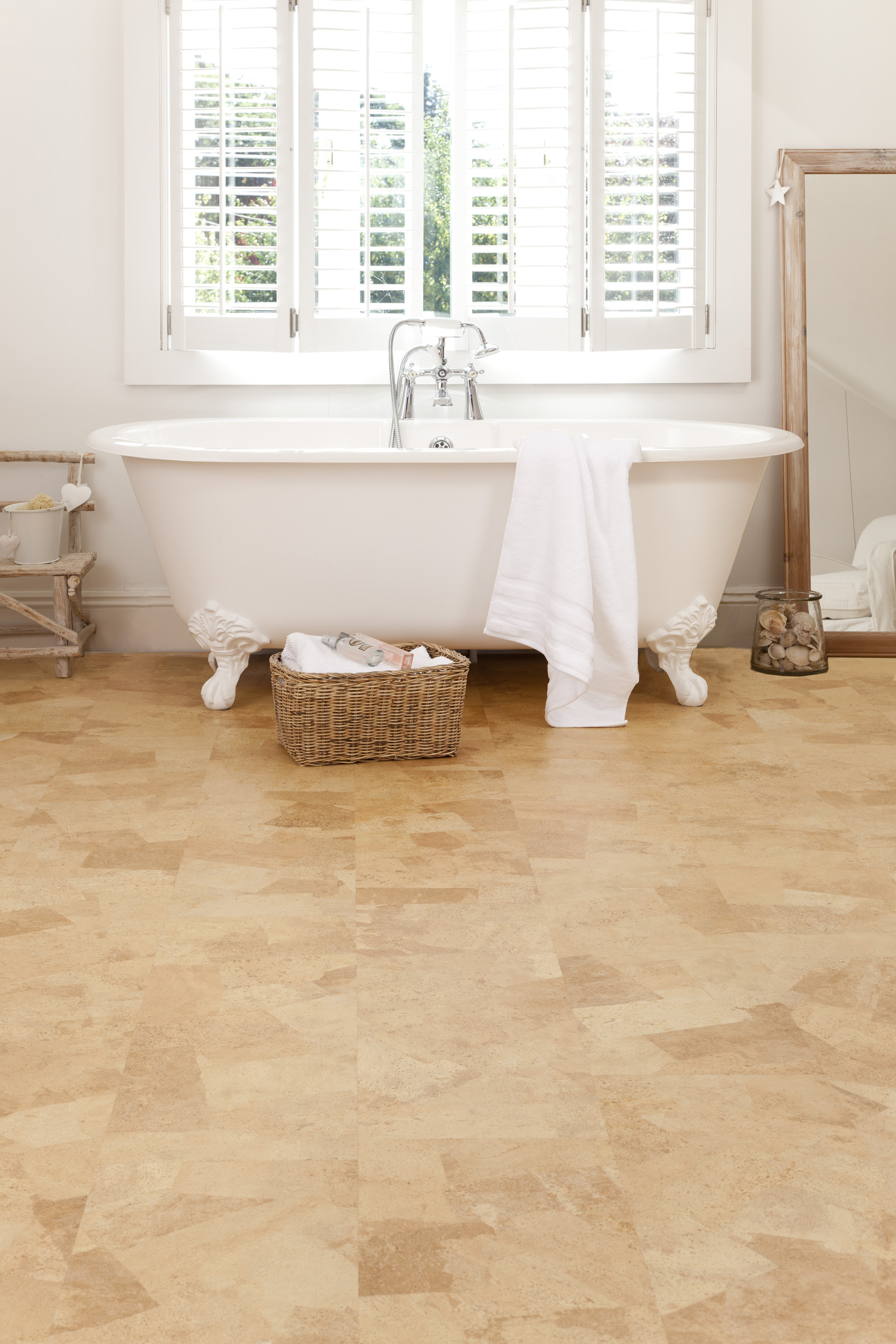Cork flooring in the interior: material features (23 photos)
Content
- 1 How to get a cork?
- 2 What is the structure of the cork?
- 3 What is a cork made of?
- 4 How is oak bark turned into flooring?
- 5 Types of cork-based coatings
- 6 Cork coating in the interior
- 7 What are the advantages of cork floors?
- 8 Disadvantages of cork floors
- 9 Disadvantages and advantages of cork flooring, taking into account mounting options
When it comes to cork, first of all, many people imagine what they clog bottles of wine with. But today, material such as cork, which has unusual physical properties, is increasingly used to cover floors. Cork flooring in the interior provides many opportunities in the design of rooms in both modern and classic style. Due to its natural beauty and warmth of texture, it combines well with such natural materials as bamboo, wood, reed, linen.
The cork also looks great in cases where glass, metal and artificial stone are used in the design.
How to get a cork?
Cork is a bark treated using special technology. But real quality cork is produced only from the bark of two types of trees, one of which is cork oak, and the other is western oak.
The first removal of bark from them is usually done no earlier than 25 years from the time of planting. But such a cork still cannot be used in business - it is too stiff, easily falling to pieces. The second time the bark is allowed to be removed only after six years, not earlier, in order to allow the next layer, already suitable for use, to grow to the desired thickness. With the proper implementation of the procedure for removing the cork, no unpleasant consequences for the tree occur.
What is the structure of the cork?
It is the internal structure of this material that determines all its useful properties, which are appreciated by designers and craftsmen.
The cork is mainly composed of cells filled with gas, so it has:
- elasticity;
- ease;
- elasticity;
- poor thermal conductivity;
- high soundproofing properties;
- ability to dampen vibrations;
- durability.
What is a cork made of?
The main components of this material are:
Suberin (45%)
This is a complex substrate, which includes organic alcohols, fats, acids. The presence of suberin in the cork makes it dense, plastic, and resists the penetration of liquids and gases into its volume.
Lingin (30%)
It is a polymer compound with a complex structure, which even deserves the name "plant concrete". Lignin, holding together all the other components of the cork, gives it high strength.
Polysaccharides (10%)
Provide texture to the material.
Tannins (8%)
Give it a color.
Zeroids (5%)
Additionally reinforce both water resistance and cork strength.
How is oak bark turned into flooring?
This is done in different ways. Rather, the technology used is always similar, but there are differences in the quality of raw materials and in costs. By the way, from the removed cork, not only flooring is made, but also for walls and ceilings, too. So, such options are possible:
- Solid veneer obtained from balsa wood. This is the most expensive coating. When applied in order to form one collection, the selection of the color and texture of individual floorboards is performed.
- Agglomerate. This is a cork crumb pressed under pressure. It is sintered with strong heat to obtain a solid material. This is the cheapest option, since any even the smallest cork fragments are used.
- Agglomerate + veneer combination. A compromise in price. In this material there are parts of veneer mixed with small pieces of cork.
A little more needs to be said about the agglomerate. Both the wear resistance and other mechanical properties of the two types of agglomerate from coarse and fine crumbs do not differ. Outwardly they are also poorly distinguishable. Since plasticizers are used to obtain such material, it, of course, loses significantly to the veneer in environmental matters.
Types of cork-based coatings
All cork materials can be divided into three types, listed below:
Technical traffic jam
It is produced in the form of either plates, or rolls, or granules. Most often, a technical cork is used as a substrate for a laminate (if it is sheets and rolls) or as insulation and soundproofing material, poured into the voids of floors and walls (if it is granules).
Tile-based adhesive coatings
The size of such plates in centimeters can be: 30 × 30, 45 × 15, 60 × 30, 45 × 45. From them you can lay out multi-colored patterns or drawings. With their help, you can make a cork floor in the bathroom or in another wet room.
Floating cork wood floor, often also called cork flooring
In this case, a MDF wood-fiber board is used as the base of such a building material, to which the cork is glued. Such a coating enters the market in the form of plates having a size in centimeters: 90 × 18.5. They are collected as well as castle laminate. Such a floor should not be filled with water, because MDF can swell when it has absorbed moisture.
Cork coating in the interior
The decorative use of cork is very diverse. The cork floor in the apartment looks original and prestigious, pleasing the eye with yellow, ocher, light brown shades, which, by the way, are best chosen taking into account the color of the furniture and the general idea of design.
It is also positive that the appearance of the cork floor varies depending on the size of the panels and how they are laid. In addition to samples with a traditional texture, many manufacturers today also offer cork coatings of various colors, with colorful impregnations and unusual designs. For example, a cork floor in the kitchen looks great, especially if it's a white cork floor.
Anyone who thinks the cork’s usual look is too simple to be original in their design can be advised to turn their attention to cork flooring with photo printing. In this case, you will have not only comfort and warmth under your feet, but also everything you want, from sea sand and pebbles to volcanic lava, pavers or grass. Or it can generally be a sky with clouds, a landscape, a seabed with fish, etc. The choice is limitless!
You can find identical collections both in versions of cork coatings having a lock, and in those that need to be glued. The digitized image is applied to a cork coated with a special primer, and then several more layers of especially durable varnish are applied on top.
Thanks to modern technologies, cork floors can be given a look with imitation of some types of wood, such as pine, oak, walnut or zebrano, rosewood, etc.
What are the advantages of cork floors?
- Ecologically clean material is used (natural cork cannot cause allergic conditions, harmful substances do not accumulate in it, insects do not live in cork coatings).
- They have an antistatic effect (no electric charge appears on the cork coating, dust does not accumulate on it, it is less polluted and is easy to clean).
- Such floors are moisture-proof and water-resistant at the same time (that is, even if a flood occurs in your apartment, the cork floor will retain both its consumer qualities and its appearance, and the cork floor in the kitchen or cork floor in the bathroom is a perfectly acceptable solution) .
- The cork practically does not burn (which increases the fire safety of the home).
- Cork floors do not absorb odors (which is especially important if they are used in the kitchen).
- They have a high coefficient of friction (which means that you can’t slip on the cork floor, which is important for parents with small children).
- They have a long service life (usually at least 15 years).
- Cork is resistant to many chemicals (with the exception of caustic alkalis).
- They do not fade, they retain their original color well, even if sunlight falls on them.
- Cork is a good heat insulator (therefore, it is pleasant to walk barefoot on the floor made of such material, and it is not cold for young children to crawl if there is a cork floor in the nursery).
- Cork is an excellent sound isolator (which means that the neighbors below will complain less if your child likes to run around in the apartment).
- Orthopedic surgeons sometimes recommend the use of cork floors if there are problems with the musculoskeletal system (the cork is slightly springy when walking, which contributes to a more even distribution of the load experienced by the joints of the legs and spine, which also reduces the feeling of fatigue and stress in healthy people).
Disadvantages of cork floors
- Dents may appear on the surface of such floors when exposed to narrow heels and legs of heavy furniture.
- Cork is not tear resistant.
- If people walk on cork floors in dirty shoes, then dirt can be pressed into its surface.
- Contact with rubber soles, as well as with any rubber objects on the cork surface may leave a trace.
Disadvantages and advantages of cork flooring, taking into account mounting options
As you know, there are two mounting options, and there are floating and castle floors, and there are glues. The first are mounted as well as the castle laminate: a spike in the groove. The second - are not castle and therefore attached to the base of the floor using special glue. It is absolutely obvious that there are significant differences between the two types of sexes.
Laying a cork floor of a floating type is not a very difficult operation and can be carried out quite quickly. Moreover, if necessary, such a coating is easy to dismantle and assemble elsewhere. But it has a significant drawback, as it is very afraid of moisture. Therefore, this type of cork floor in the bathroom will soon become unusable. Although the cork itself does not absorb water, the base to which it is attached can be severely deformed under prolonged exposure to moisture, after which it will be impossible to restore the original appearance of such a floor.
Laying a cork adhesive floor is only for professionals - any incorrect movement can cause serious problems. Non-specialists in this field, having placed one or two tiles incorrectly, can spoil a considerable part of the work already done before, since the glue sets quickly, and it may not be possible to correct the situation without destroying the coating.
But the adhesive cork floor is not afraid of even prolonged exposure to moisture, on this floor you can create original drawings using different colors of tiles.
